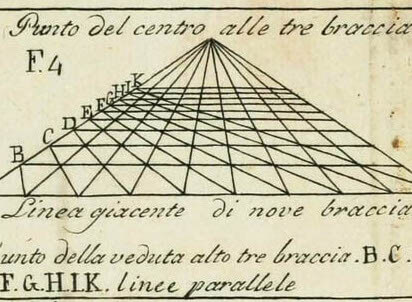James Hyde argues that space “isn’t a manifestation or aim of all painting, nor a timeless idea, but a historical Modernist convention.”
Hyde writes: “Discussions about ‘painters’ use of space’ may serve as a way of speaking about the general ‘feel’ of a picture, its atmosphere, use of perspective or presentation of overlapping planes. These are all more precise descriptions than resorting to the grand and nebulous term space. But more insidiously, injecting space into the discussion serves to smuggle in what has become a conservative dogma of picture-making into painting. There is nothing necessarily wrong with a conservative style of painting whether it is figurative—making paintings that imitate looking through window glass—or conservative abstraction—a type of painting that imitates those effects. But this is not true for all painting.
Having no metric, it is pure affect. Space in painting isn’t a manifestation or aim of all painting, nor a timeless idea, but a historical Modernist convention. For example, to speak of ‘Renaissance space’ in painting is a contemporary projection that informs more about the state of Modernism than the work and goals of 15th century painters…. Space is only one convention within the lexicon of how painting is conceived today, and its reconsideration isn’t by itself a solution to how painting can develop a more engaging connection to the world. But the intelligence of painting is constricted when a convention is unquestioned and assumed to be natural, real or eternal. Painting and its associated varieties of picture-making are far older and more real than conceptions and prescriptions for space.”
